URGENT HUMANITARIAN APPEAL FOR DROUGHT RESPONSE AND RECOVERY


The National Disaster Preparedness and Food Reserve Authority (NADFOR) leads drought risk monitoring in Somaliland through its monthly Drought Early Warning Bulletin. This report is produced with input from regional teams, mobile app data, NADFOR coordinators, and grassroots Community Early Warning Committees. Covering six key regions—Awdal, Maroodijeeh, Sahil, Togdheer, Sool, and Sanag—the bulletin provides a monthly assessment of drought and disaster conditions based on end-of-month data collection.
The bulletin is built on continuous data collection by Village and Community Focal Points using the Mobile Early Warning System (MEWS) dashboard—a digital platform that centralizes early warning data. These focal points track and report key indicators, including:
The National Disaster Preparedness and Food Reserve Authority (NADFOR) leads drought risk monitoring in Somaliland through its monthly Drought Early Warning Bulletin. This report is produced with input from regional teams, mobile app data, NADFOR coordinators, and grassroots Community Early Warning Committees. Covering six key regions—Awdal, Maroodijeeh, Sahil, Togdheer, Sool, and Sanag—the bulletin provides a monthly assessment of drought and disaster conditions based on end-of-month data collection.
The bulletin is built on continuous data collection by Village and Community Focal Points using the Mobile Early Warning System (MEWS) dashboard—a digital platform that centralizes early warning data. These focal points track and report key indicators, including:
NADFOR produces Drought Early Warning-Monthly Bulletin in close collaboration with district disaster management committees (officers of line ministries, community early warning committees, and etc.). This is the outcome of data collected by the Village/community EWCs under regional districts who monitor the key early warning indicators.
Monthly drought field monitoring is regularly undertaken in the end of every month to assess the current situations of the country and collecting data from all the early warning indicators
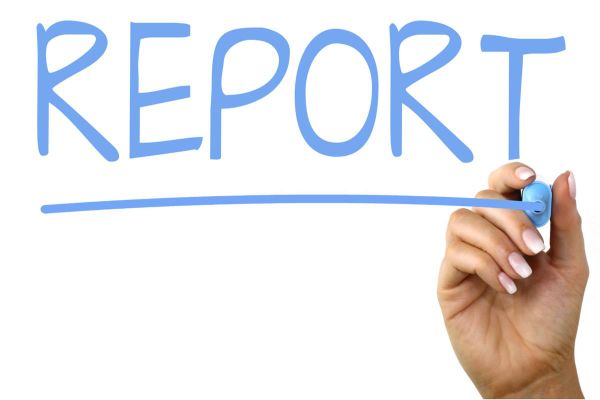
Rainfall performance varied across Somaliland during the December 31-2022 to 2nd January 2023. In the coastal and subcoastal areas, the rainfall amounts received during this period were heavy rains to moderate across the coastal plains and subcoastal areas in Zeila, Lughaya, Berbera and other parts lie in the eastern coastal areas which are under Berbera, Hagal, Hiis, Mayd and up to Lasqoray districts.
. In the Golis ranges, localized light to moderate rainfalls were reported across many areas of Borama, Baki Gabiley Darasalaam, Dooxaguban (areas under sahil region) during the same period. the moderate rainfall with average distribution was reported across most of Golis ranges of Awdal, M/jeeh, Sahil and Sanaag regions, Somaliland.
Overall, these rains will have helped to alleviate rangeland and water resource shortages, or localized rainfall was somewhat beneficial, rangeland conditions and water availability remain significantly below normal levels for most areas. Nevertheless, it is likely that the massive livestock migrations from rain-deficit areas with water and pasture shortages into the rained coastal and sub-coastal areas., while the rest of the country is expected to remain dry.
In the Hawd zone, most of the agropastoral and pastoral areas of Awdal, M/jeeh, Sahil. Togdheer and Sool received little to no rainfall during the 31st December 2022 to January 2023 period.
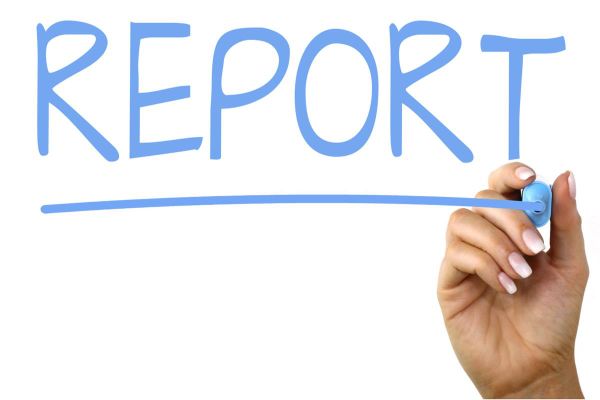
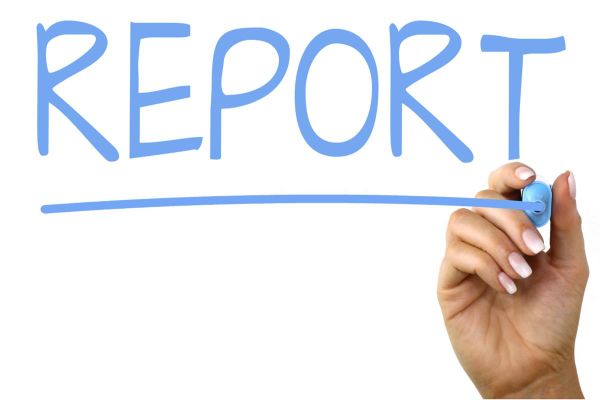
NADFOR REGIONAL Drought Early Warning - Monthly Bulletin Issued On 28th September 2022
NADFOR produces Drought Early Warning-Monthly Bulletin in close collaboration with district disaster management committees (officers of line ministries, community early warning committees, and etc). This is the outcome of data collected by the Village/community EWCs under regional districts who monitor the key early warning indicators.
Targeting Regions: Awdal, Marodijeeh, Sahil, Togdheer, Sool and Sanag regions:
Monthly drought field monitoring regularly takes place in the end of every month to assess the current situations of the country and collecting data from all the early warning indicators (Rainfall performance, Water availability and accessibility, Pasture and browse conditions, Livestock body conditions, Livestock migration pattern, Milk availability, Outbreak of diseases, Agricultural current situations, and Terms of trade, as well as Environment Issues or uncertainty risk).
Weekly weather forecast for Somaliland.
Headline: Wetter than usual conditions expected over most parts in the eastern regions of
Somaliland.
Rainfall Forecast 04 - 11 October 2022: Moderate rainfall (50—200mm) expected over most parts of Somaliland especially for those areas in the eastern regions whereas less than 50mm of rainfall is expected over the western parts of Somaliland, according to the ICPAC weekly weather forecast
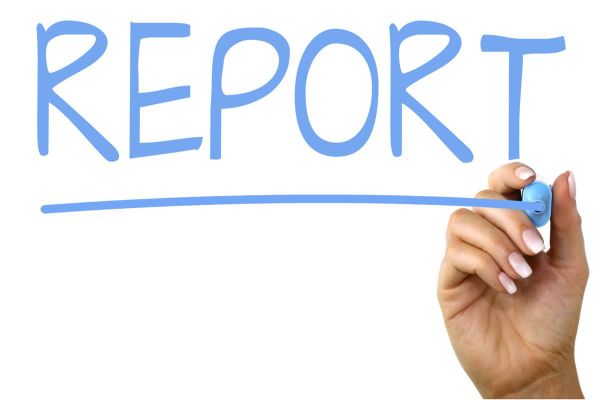
NADFOR produces Drought Early Warning-Monthly Bulletin in close collaboration with district disaster management committees (officers of line ministries, community early warning committees, and etc). This is the outcome of data collected by the Village/community EWCs under regional districts who monitor the key early warning indicators.
Targeting Regions: Awdal, Marodijeeh, Sahil, Togdheer, Sool and Sanaag regions:
Monthly drought field monitoring is regularly undertaken in the end of every month to assess the current situations of the country and collecting data from all the early warning indicators (Rainfall performance, Water availability and accessibility, Pasture and browse conditions, Livestock body conditions, Livestock migration pattern, Milk availability, Outbreak of diseases, Agricultural current situations, and Terms of trade, as well as Environment Issues or uncertainty risk).

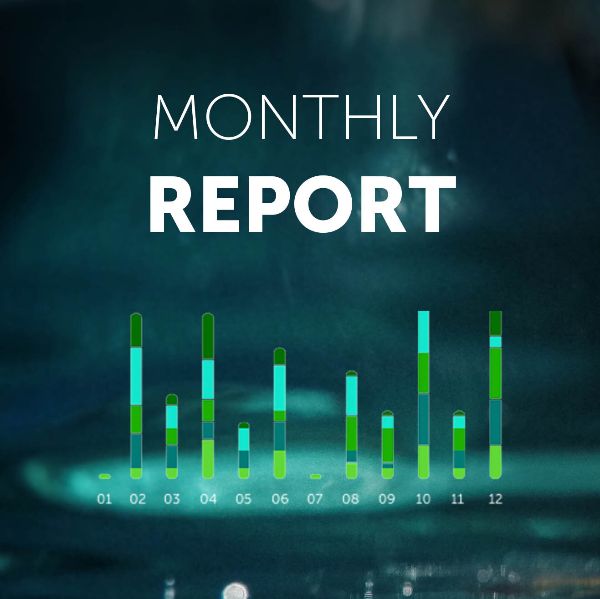
A Drought Early Warning-Monthly Bulletin produced by NADFOR. This is the outcome of data collected by the regional teams led by coordinators of NADFOR, with the support of Village/ Community Disaster Risk Management Committees{CDRMC} and District officers of line ministries, who monitor the Key Early Warning Indicators. These EW-indicators include: